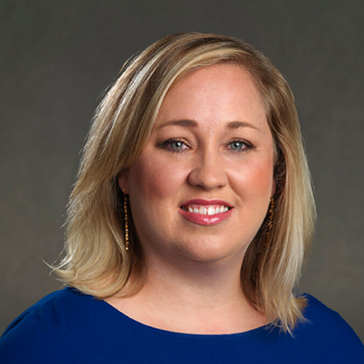May 29, 2020
America’s racial injustices are on full display this week. The cumulative death toll from COVID-19 in the United States has surpassed 100,000. Black, Latinx, Indigenous people and individuals from low-income backgrounds are disproportionately losing their lives. Leaders could have made different decisions to prevent thousands of these deaths, just as leaders could have prevented the killings of George Floyd, Breonna Taylor and Ahmaud Aubrey. On Monday morning, a white woman tried to invoke the life-threatening force of the police on a Black man who politely asked her to leash her dog per park regulations. Just twelve hours later, we witnessed the senseless and brutal murder of George Floyd at the hands of police. Yesterday, a man in Seattle was arrested for multiple acts of violence and hate crimes against Asian residents. This morning, the President used racial epithets and endorsed shooting protesters. And a journalist of color from CNN and his team were arrested while live on television. If it was not abundantly clear before, it has become obvious over the past week that there are two diseases affecting our country: COVID-19 and racism.
As a white woman, and the leader of an organization dedicated to promoting the health, well-being and academic success of students of color, I have to ask: What must I do? In the immediate term, you can use your voice in peaceful protest and your wallet to fund advocates like Minnesota Freedom Fund and Campaign Zero. I also encourage my colleagues in the education field—and especially my white colleagues—to join me in doing the following:
- Start with Self. Without a deep and persistent interrogation of our own biases, it is impossible to dismantle the systems of racism and oppression that Americans of color experience every day. Here are some readings by Black, Latinx and indigenous scholars that are applicable for adults at every stage of their racial awareness journey, and here are some resources for having conversations about racial justice with kids.
- Bear Witness. If you see a Black child or man stopped by the police, please do not walk away. Record the interaction and ask why this person is being stopped, detained or arrested. At a minimum, do not leave the scene. Just your silent presence will change the tone of the encounter.
- Interrogate who is policing your community. So many decisions about how police interact with the community are made by local officials—including sheriffs, prosecutors, police chiefs, and clerks of the court. If these positions are appointed in your community, write to the officials who name them or serve on community oversight boards to ensure that appointees do not perpetuate these injustices. If they are elected, pay attention to and get involved in down-ballot elections for these positions, especially when Black, Latinx or indigenous candidates are on the ballot. In just the last few years, we have seen the election or re-election of reform minded prosecutors and officials who have taken action to divert young people from jail, limit or eliminate prosecution for crimes that tend to perpetuate systemic injustices like marijuana possession or low dollar larceny and address prosecutorial misconduct.
- Talk about race, openly and often. Each of us has a responsibility to discuss race and racial equity with colleagues, family, friends and peers. Whether we’re comfortable admitting it or not, each of us has a racialized experience that works to our benefit or detriment. This is particularly important for those of us with positional power by virtue of our position, tenure or reputation. Now is the time to acknowledge racial violence and trauma that Black Americans are experiencing and discuss how to be allies.
- Help redesign the systems that prevent equitable experiences and outcomes. As Dr. Christine Ortiz says frequently: Racism and inequity are products of design, and they can be redesigned. I recognize that we can still feel powerless to change large systems despite all the actions we can take in our daily lives to confront bias. However, if we, leaders feel powerless, then imagine how those who have been targeted by racial injustice, redlining or health discrimination feel. Now is not the time to shy away from big challenges. Whether you are an educator in a building or district, a leader in a state agency, a nonprofit advisor or consultant, or a funder, you can learn and apply the tools of equityXdesign to directly and practically tackle problems of inequity and injustice.
Over the longer haul, we can and must do better: individually, in our workplaces and in society. This is not the first time I or others at Education First have spoken about race and injustice, and it will not be the last. We are deeply committed—as individuals and as an organization—to ensure that we are doing everything we can to dismantle systemic and institutional racism in public education. This is a reality that will not go away without intentional, dedicated work by white people as key actors and allies. We invite you to share your stories and your perspectives with us as well on Twitter (@ed1stconsulting or @jennvranek) or directly by phone or email to any Ed Firster.

